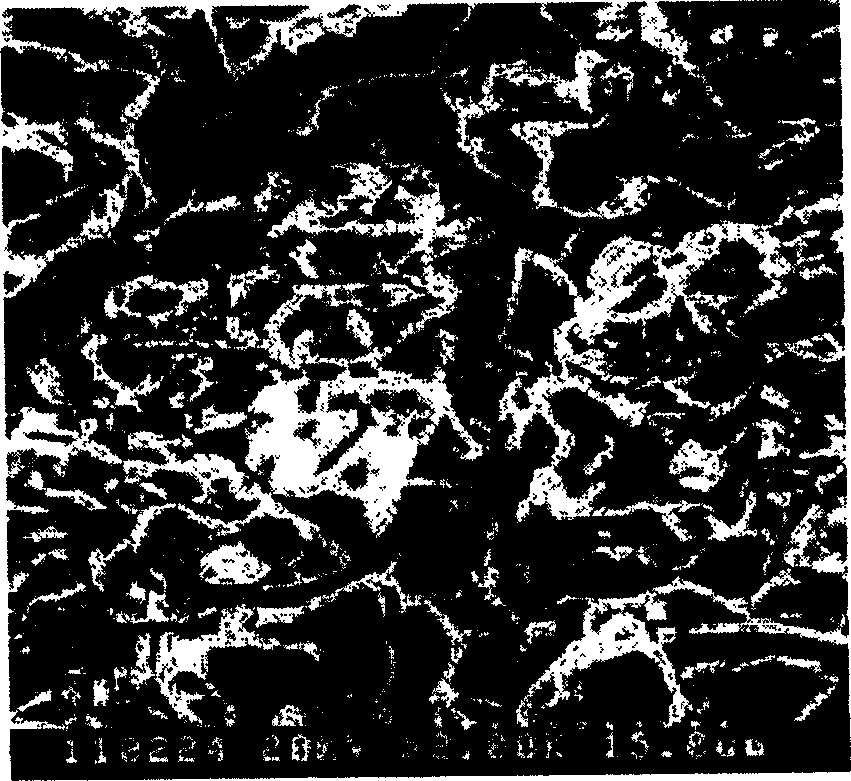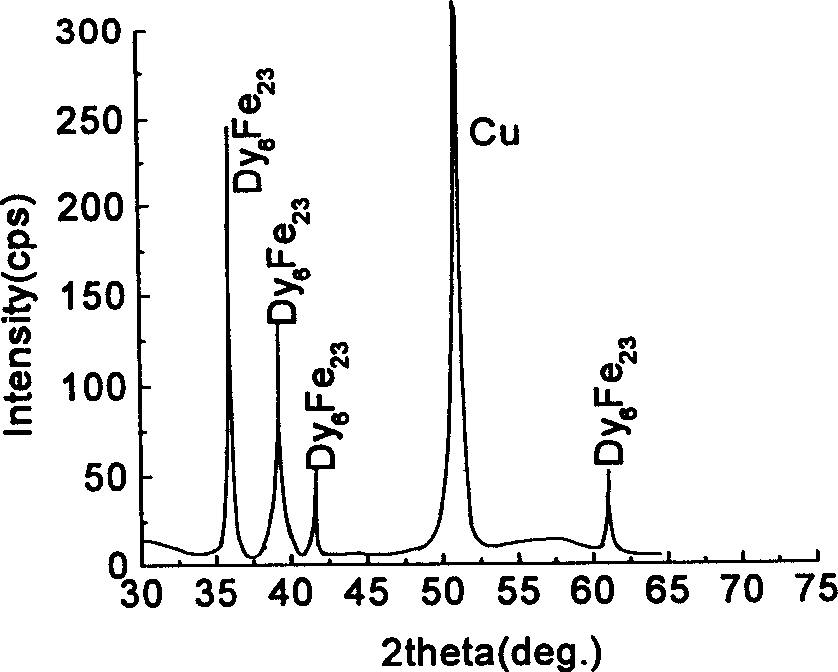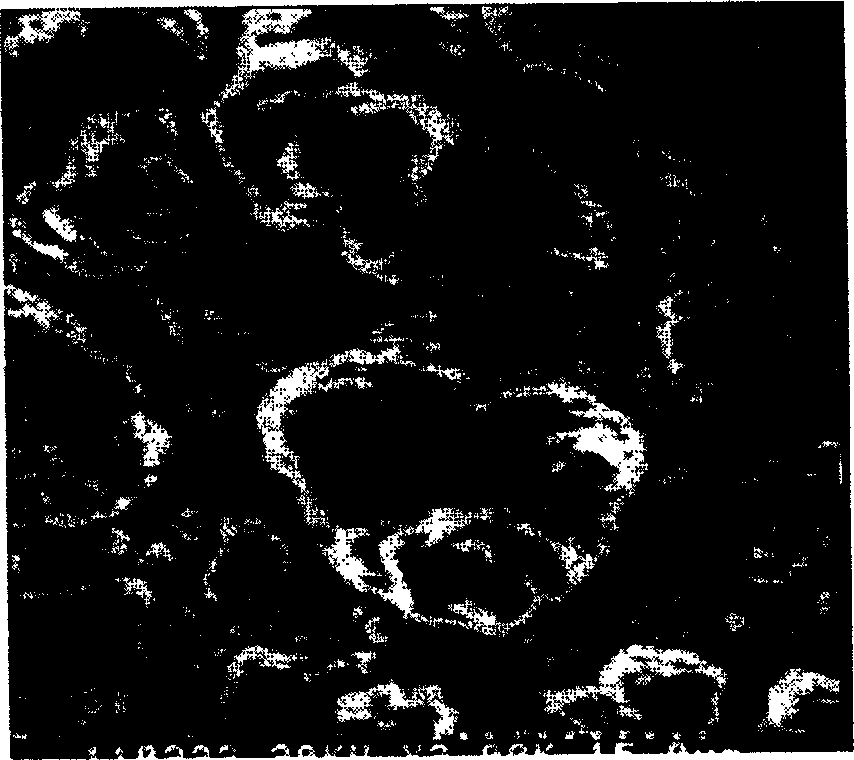Method for preparing rare earth alloy through sweeping electric potential sedimentation
A rare earth alloy and deposition method, applied in the field of rare earth alloy preparation, can solve the problems of inability to precipitate on the substrate, rough adhesion of the alloy film, poor performance of the alloy film, etc., achieve potential economic and social benefits, complete varieties, improve performance effect
- Summary
- Abstract
- Description
- Claims
- Application Information
AI Technical Summary
Problems solved by technology
Method used
Image
Examples
Embodiment Construction
[0027] Table 1 shows the composition, content ratio and operating conditions of the plating solutions of Examples 1-15 of the present invention.
[0028] Reality
apply
example
The concentration of each component in the plating solution (g L -1 )
operating conditions
Terbium nitrate
Thulium nitrate
Europium nitrate
Ferrous chloride
scanning speed
(mV / s)
time
(min)
1
15
15
10.6
10
15
2
20
10.6
5
15
3
30
20
2
15
4
15
20
10.6
100
15
5
25
19.2
10.6
10
...
PUM
| Property | Measurement | Unit |
|---|---|---|
| particle diameter | aaaaa | aaaaa |
Abstract
Description
Claims
Application Information
 Login to View More
Login to View More - R&D
- Intellectual Property
- Life Sciences
- Materials
- Tech Scout
- Unparalleled Data Quality
- Higher Quality Content
- 60% Fewer Hallucinations
Browse by: Latest US Patents, China's latest patents, Technical Efficacy Thesaurus, Application Domain, Technology Topic, Popular Technical Reports.
© 2025 PatSnap. All rights reserved.Legal|Privacy policy|Modern Slavery Act Transparency Statement|Sitemap|About US| Contact US: help@patsnap.com



